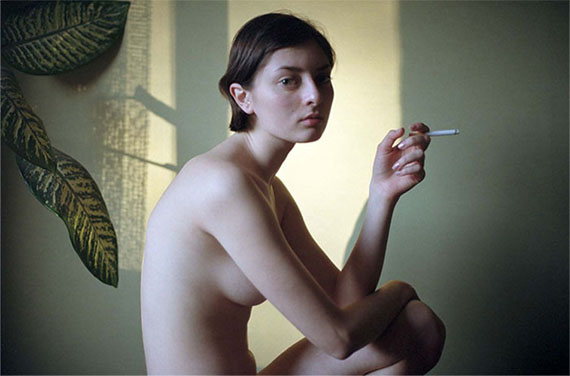
FOTOFEST 2012 BIENNIAL
CONTEMPORARY RUSSIAN PHOTOGRAPHY Late 1940s - 2012
Alexander Abaza » AES+F » Max Alpert » Tatiana Antonuk » Nikolay Bakharev » Dimitry Baltermants » Andrei Bezukladnikov » Gennady Bodrov » Alexander Borodulin » Sergey Bratkov » Vita Buivid » Vitalijus Butyrinas » Olga Chagaoutdinova » Natasha & Valery Cherkashin » Alexander Chernogrivov » Andrey Chezhin » Sergey Chilikov » Mikhail Dashevsky » Alexandra Demenkova » Oleg Dou » Vladislav Efimov » Anatoly Erin » Kir Esadov » Emmanuil Evzerikhin » Semyon Fridlyand » Mikhail Grachev » Naum Granovsky » Alexander Grashchenkov » Alexander Gronsky » Vadim Gushchin » Francisco Infante Arana » Valentin Khukhlaev » Alexander Kitaev » Yuri Kozyrev » Igor Kultyishkin » Vladimir Kupriyanov » Lyalya Kuznetsova » Vladimir Lagrange » Alexander Lapin » Tatyana Liberman » Gregori Maiofis » Vladislav Mamyshev-Monroe » Sergey Maximishin » Ivan Mikhailov » Boris Mikhailov » Karen Mirzoyan » Evgeny Mokhorev » Galina Moskaleva » Igor Mukhin » Anton Olshvang » Sergej Osmachkin » Margo Ovcharenko » Margo Ovcharenko » Igor Palmin » Sergei Petrukhin » Ilya Piganov » Nikitia Pirogov » Tatiana Plotnikova » Andrey Polushkin » Svyatoslav Ponomarev » Roman Pyatkovka » Alexander Samoilov » Igor Savchenko » Boris Savelev » Wladimir Semin » Vladimir Shakhlevich » Aleksey Shulgin » Anna Skladmann » Alexander Slussarev » Boris Smelov » Antanas Sutkus » Anastasia Tailakova » Alexey Titarenko » Olga Tobreluts » Daria Tuminas » Oleg Videnin » Alexander Viktorov » Yevgeniy Yufit »
Exhibition: 16 Mar – 29 Apr 2012
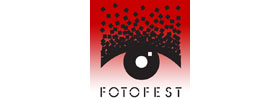
FotoFest
2000 Edwards St, Bldg C, Ste 2
TX 77002 Houston
+1-713-2235522
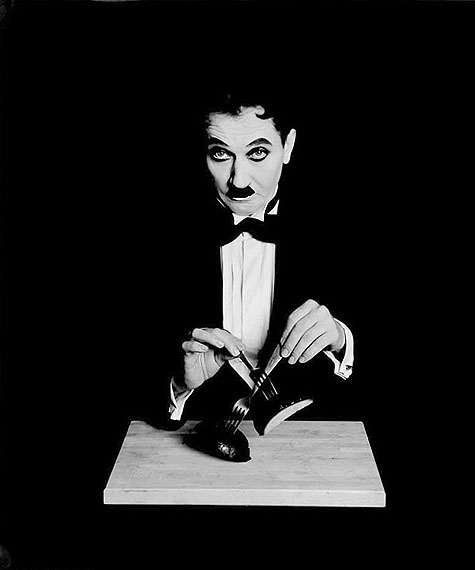
From the series Heart Cancer
Courtesy of ART4.RU Museum of Contemporary Art, Moscow.
These exhibitions will challenge expectations and open the door to surprising encounters with Russian photographic art. They bring visibility to creative directions in Russian visual art that have been largely invisible to the outside world.
Fred Baldwin, FotoFest Chairman and Co-founder
With a population of 143 million people, Russia spans two continents and nine time zones, while its citizens speak 28 languages. It is a global powerhouse fitfully engaged with capitalism, consumerism and an ongoing struggle to define itself as a modern nation in the context of its own history and culture. FotoFest’s 2012 Biennial will serve to introduce an international audience to never- or little-before-seen contemporary Russian art practice and culture through the medium of photography.
The Biennial explores modern and contemporary Russian photographic history over the last five decades, from the post-Stalinist period of the 1950s to the present day. The three main FotoFest 2012 Biennial exhibitions feature 800 historic and contemporary works including classical photography, video and mixed-media installations, from 142 artists from Russia, Belarus and the Ukraine These exhibitions look at the evolution of creative photographic art in Russia.
Of the works, on loan from private collections and the archives of the artists themselves, many are being shown for the first time outside of Russia. These exhibitions are accompanied by special exhibition of Russian photography at three locations.
An international team of curators from Russia and the United States has organized the main Biennial exhibitions. The Russian curators are Evgeny Berezner, head of the “In Support of Photography in Russia” Project, The Iris Foundation, Moscow; Irina Chmyreva, Senior Researcher at the Russian Academy of Fine Arts; and Natalia Tarasova, a writer and cultural affairs consultant for the “In Support of Photography in Russia” Project. Leading figures in Russian photography and culture, Mr. Berezner, Dr. Chmyreva and Ms. Tarasova have organized more than 200 exhibitions with Russian artists over the past 15 years. The Russian curators are joined by Wendy Watriss, Senior Curator and Artistic Director of FotoFest.
>> After Stalin, “The Thaw”, The Re-emergence of the Personal Voice (Late 1940s-1970s)
>> Perestroika, Liberalization and Experimentation (Mid 1980s-2010)
>> The Young Generation (2007-2012)
A special exhibition of World Press Photo Soviet Award Winners, 1956–1991 is presented at the Art Gallery at Houston Community College, Central Campus, March 19 - April 5, 2012.
After Stalin, “The Thaw”
The Re-emergence of the Personal Voice - The late 1950s-1970s
FotoFest at Williams Tower Gallery, 2800 Post Oak, Houston, Texas
With Joseph Stalin’s death in 1953 and the rise to power of Nikita Khrushchev, the Soviet government opened a period of episodic reforms that became known as “The Thaw.” Between alternating years of openness and years of constriction, artists managed to find independent avenues for self-expression. In twenty-five years of complex shifts in the political, cultural and economic life of the Soviet Union, there was space for the development of a personal voice, even in one of the most closely supervised areas of Soviet culture – photography.
These reforms created the possibility of closer contact with non-Communist nations, including the United States, which presented two important and wildly popular U.S.-organized art exhibitions in Moscow in 1959 – Edward Steichen’s Family of Man and the American National Exhibition.
Many of the works in this section of the Russian exhibitions are vintage photographic prints on loan from private collectors Natalia Grigorieva and Edward Litvinsky, founders and owners of the Lumiere Brothers Center for Photography in Moscow, founded in conjunction with one of the first private galleries in Russia devoted to fine art photography.
Other works come from members of Novator, one of the most important and enduring of the independent Russian photography associations, founded in the early 1960s by individual photographers and photography lovers in Russia. More than photo clubs, the intent of these associations was to open a space where photographers could present and discuss new ideas in photography, and re-visit the unofficial, often banned, works of Russian-Soviet photography of the previous three decades. Members of these associations shared historical and contemporary works not approved by the state.
Alexander Abaza | Yury Abramochkin | Victor Ahlomov | Max Alpert | Dmitry Baltermants | Anatoly Boldin | Alexander Borodulin | Lev Borodulin | Vitaly Butyrin | Michail Dashevsky | Boris Dolmatovsky | Vasily Egorov | Anatoly Erin | Emmanuil Evzerikhin | Semyon Fridlyand | Igor Gavrilov | Elena Glazycheva | Igor Gnevashev | Mikola Gnisyuk | Mikhail Grachev | Naum Granovsky | Alexander Grashchenkov | Zinaida Karetnikova | Valentin Khukhlaev | Yury Korovin | Jury Krivonosov | Vasily Kunyaev | Vladimir Lagrange | Galina Lukianova | Jury Lunkov | Oleg Makarov | Nikolay Matorin | Vilhelm Mikhailovsky | Alexandres Matsiyauskas | Eduard Musin | Igor Palmin | Sergey Petrukhin | Lev Porter | Nikolay Samoilov | Boris Saveliev | Lev Sherstennikov | Valentin Sobolev | Antanas Sutkus | Vsevolod Tarasevich | Sergey Ter-Oganesov | Mikhail Trakhman | Boris Trepetov | Oleg Tsesarsky | Isaac Tunkel | Alexander Ustinov | Alexey Vasiliev | Alexander Vikhansky | German Vorotnikov
Perestroika
Liberalization and Experimentation - The mid/late 1980s-2010s
FotoFest at Winter Street Studios, 2101 Winter St,Houston, Texas and
FotoFest at Spring St. Studios, 1824 Spring St, Houston, Texas
The mid/late 1980s and the 1990s were a period of profound transition for the Soviet Union. The well-known reform movements Glasnost (openness) and Perestroika (economic restructuring) changed the country irrevocably and ultimately set the stage for the dissolution of the Soviet Union. These movements vastly expanded the cultural openings of the previous decades. The 1980s and 1990s brought about the dissolution of state censorship and extraordinary opportunities were created for an open examination of Soviet and Russian society. The 1990s were a decade of unregulated capitalist growth that created a class of newly affluent business people and consumers of mass culture.
Photography and other art forms saw a burst of creative energy and multi-faceted experimentalism that moved in many different directions. The first years of Perestroika were marked by hope. Artists not only re-interpreted all aspects of Soviet political language and life, but they also often moved art into non-traditional spaces, bringing it directly to the public. Later, with the ensuing political and economic chaos of the mid 1990s, artists became more openly critical, confronting traditional Soviet mores and parodying the external realities of Soviet-Russian life and ideology. In the early 21st century, as the heady and often violent conditions of change began to stabilize, many artists turned toward aesthetic and metaphysical explorations of photography itself. It was a twenty-five year period of remarkable diversity and creativity in Russian photography.
The two Perestroika exhibitions are the largest of the Russian presentations at the FotoFest 2012 Biennial. They present a number of internationally-known Russian artists.
AES+F | Yury Babich | Nikolay Bakharev | Andrey Bezukladnikov | Gennady Bodrov | Sergey Bratkov | Yury Brodsky | Vladimir Brylyakov | Vita Buivid | Olga Chagaoutdinova | Valera and Natasha Cherkashin | Alexander Chernogrivov | Olga Chernyshova | Andrey Chezhin | Sergey Chilikov | Oleg Dou | Vladislav Efimov | Alexey Goga | Alexander Gronsky | Vadim Gushchin | Francisco Infante | Alexander Kitaev | Stas Klevak | Viktor Kochetov | Georgy Kolosov | Alexey Kolmykov | Yury Kozyrev | Nikolay Kulebyakin | Igor Kultyshkin | Vladimir Kupriyanov | Alexey Kuzmichev | Lyalya Kuznetsova | Mikhail Ladeishchikov | Sergey Leontiev | Alexander Lapin | Tatiana Liberman | Gregory Maiofis | Vladislav Mamyshev-Monroe | Nikita Mashkin | Sergey Maximishin | Boris Mikhailov, | Vladimir Mogilevsky | Evgeny Mokhorev | Galina Moskaleva | Igor Mukhin | Timur Novikov | Anton Olshvang | Sergey Osmachkin | Rita Ostrovskaya | Evgeny Pavlov | Ilya Piganov | Andrey Polushkin | Svyatoslav Ponomarev | Roman Pyatkovka | Mark Rozov | Alexander Samoilov | Igor Savchenko | Vladimir Semin | Vladimir Shakhlevich | Alexey Shulgin | Valery Shchekoldin | Alexander Slusarev | Boris Smelov | Pavel Smertin | Alexey Titarenko | Olga Tobreluts | Oleg Videnin | Alexander Viktorov | Alik Yakubovich | Alexander Yakut | Evgeny Yufit
The Young Generation 2007-2012
FotoFest Headquarters at Vine Street Studios, 1113 Vine Street, Houston, Texas
Unlike their predecessors, the young generation of Russian artists today has little direct experience with Soviet Communism. Growing up after its collapse, they began their careers as part of a globally-connected, consumerist and individual-oriented society. Although some have the means to leave Russia to study art in Western Europe and the U.S., many others continue to work inside Russia. In contrast to the sharply ironic and outward-looking artists of the Perestroika periods, younger artists are looking inward, immersed in their own personal experiences and the psychological dilemmas of growing up in modern-day Russia. The artists in The Young Generation exhibit are:
Tatiana Antonuk | Oleg Borodin | Roman Bregman | Alexandra Demenkova | Kir Esadov | Maria Kozhanova | Vlad Krasnoshchek | Ivan Mikhailov | Karen Mirzoyan | Vasilisa Nezabarom | Alisa Nikulina | Margo Ovcharenko | Nikita Pirogov | Tatiana Plotnikova | Petr Rakhmanov | Dina Shchedrinskaya | Anna Skladmann | Alexandra Stukkey | Anastasia Tailakova | Denis Tarasov | Fedor Telkov | Daria Tuminas
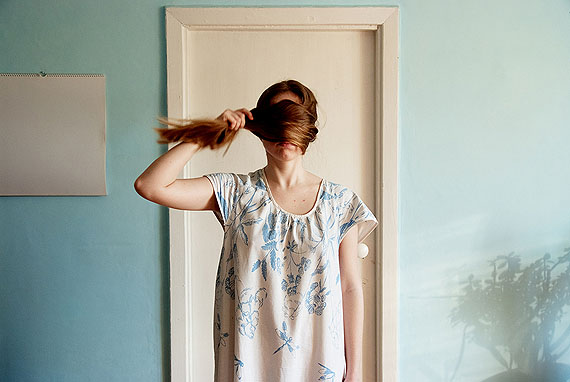
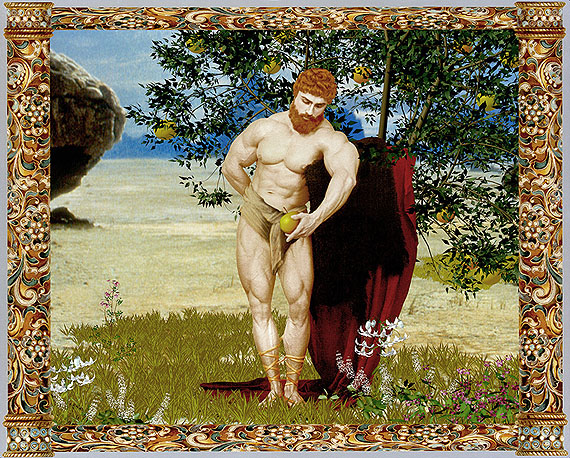
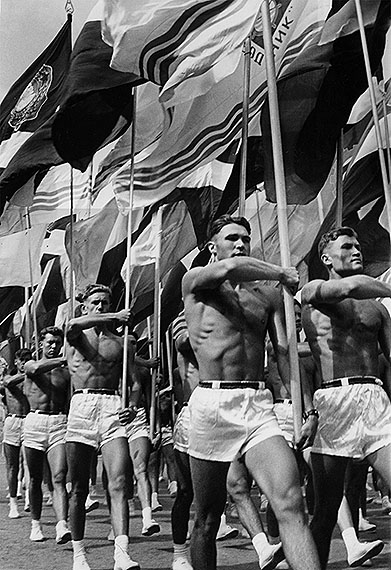
Courtesy of Lumiere Brothers Center for Photography, Moscow.